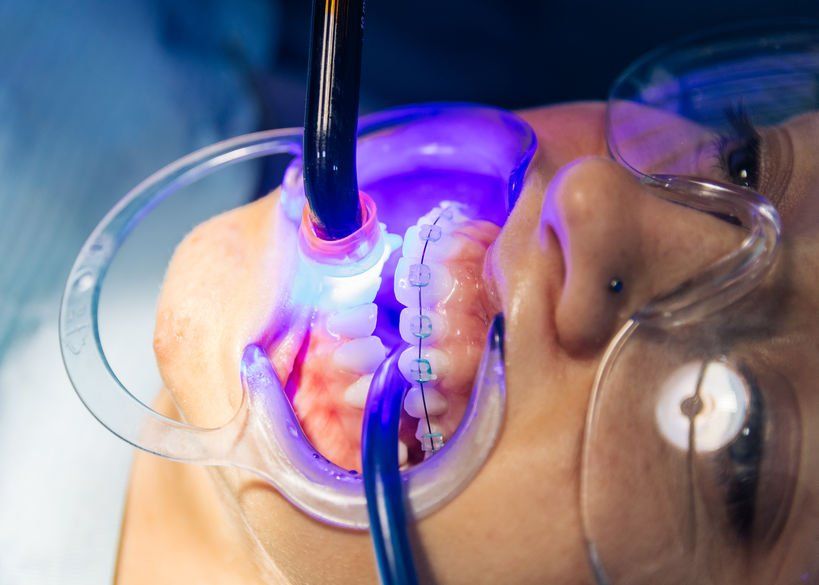Sedation Dentistry vs. General Anesthesia
- By Mary Marks
- •
- 11 Feb, 2021
- •

Dental surgery should not be traumatic. The negative experiences of a person in a dental office can change their conception of dentistry for the rest of their life. Fortunately, nowadays there are sedation options that make any procedure painless and as comfortable as possible.
Sedation from Highlands Ranch sedation dentistryincludes several procedures.
Local sedation: This is the "numbing" approach. The patient is completely awake, only the area being worked on is numb, to completely remove the pain. However, there are sensations that may still cause some discomfort, such as pressure, vibration or sound.
Sedation using Nitrous oxide, commonly known as "laughing gas": It provides relaxation, and the patient is awake and conscious during the procedure. The approach may be appropriate for simple procedures in less anxious patients.
As for general anesthesia, it is achieved by intravenous administration of a drug cocktail. The patient is asleep during the procedure and awakened immediately after completion. It is a very safe technique that involves continuous monitoring of vital functions (breathing, heart rate, blood pressure), as well as oxygenation during the procedure. After waking up, patients stay until they return completely to one of the comfortable reserves of the clinics and then can go home after a recovery interval of 20-30 minutes.





Although oral sedation dentistry Highlands Ranch is one of the optionsavailable for managing anxiety and discomfort during oral surgery, you certainly do not need to use it all the time. As a matter of fact, the exact type of sedation or anesthesia that you receive during oral procedures may depend on various factors, such as the complexity of the procedure, your medical problems, as well as your doctor’s preferences.
There can be several different levels of sedation that can be used in oral surgery. Local anesthesia is one of them. This involves injecting anesthetic medication into the specific area where the surgery will take place. It numbs the area and is often used for less invasive procedures.
Oral sedation involves taking medication in the form of a pill to induce a state of relaxation and drowsiness. The patient is still conscious, but he/she may not be fully aware of the procedure. At any rate, sedation helps him/her get rid of anxiety.
In the case of intravenous sedation, medication is administered through a vein, which induces a deeper state of sedation than oral sedation. Patients may still be conscious, but they are less aware of their surroundings and may not remember the procedure.





